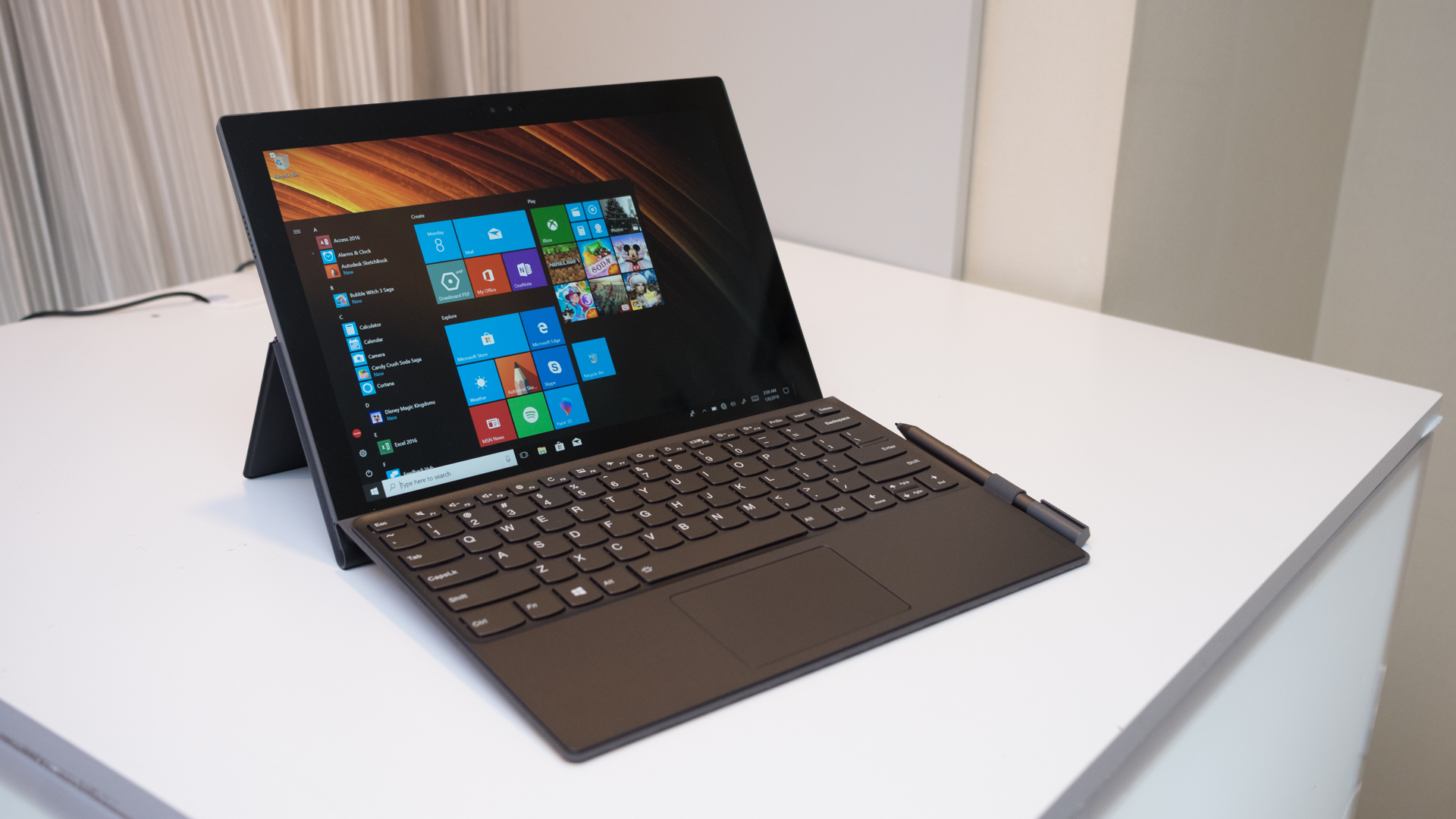Windows 10 on ARM laptops could soon be far more affordable
We could see devices priced as low as $300

Windows 10 on ARM laptops haven’t made much of an impact so far, but they may soon become much more popular. That's partly due to Qualcomm’s Snapdragon 8cx chip (as used in the world’s first 5G laptop, which was unveiled at Computex 2019) and partly thanks to much more affordable ‘always connected’ notebooks.
Even the cheapest Snapdragon-powered laptops you can buy today – like the Asus NovaGo – ran to $599 (around AU$860) at launch. In practice, they cost even more; at the time, the only model available we could review cost $699, and more like £699 in the UK,. There are therefore no real wallet-friendly options as such compared to traditional notebooks.
- Windows 10 on ARM will run on your Raspberry Pi 3
- These are the best laptops of 2019
- Should you buy a 2-in-1 laptop?
However, as WinFuture spotted, in an interview with Mobile Tech podcasts, VP of global product marketing for Qualcomm Don McGuire said that there will soon be cheaper Snapdragon hybrids and notebooks, with prices potentially dropping as low as $300 (around £240, AU$430). Apparently this will happen pretty soon, and we might hear something about these more affordable products within the next few months.
Qualcomm’s roadmap envisages a range of devices pitched between $300 (around £240, AU$430) and $800 (around £630, AU$1,150), with the higher-end models using the aforementioned Snapdragon 8cx platform, and the more budget-targeted notebooks using a lesser chip, which could be known as the Snapdragon 7cx or similar.
This would represent a step down in power, with corners obviously needing to be cut to save money on the chip. Still, the hope would be that this 7cx variant (or whatever it ends up being called) would remain powerful enough to run apps and the OS smoothly.
Software side
Speaking of the operating system, further savings are possible if device manufacturers choose to use Chrome OS rather than license Windows. Google’s desktop operating system is much less resource intensive than Microsoft’s, which might also be a weighty consideration at the lower-end.
McGuire indicated that PC makers would likely use hardware designs that could be equipped with both operating systems, commenting: “There will soon be cheaper Snapdragon laptops available on both Windows and Chrome OS.”
Sign up for breaking news, reviews, opinion, top tech deals, and more.
McGuire also said we should soon expect many more native ARM versions of popular apps (meaning they won’t need to be emulated, and thus suffer performance overheads), because the process of porting these over and compiling for ARM has become easier. As an example, he cited the fact that Microsoft is working hard on doing exactly this with its Office suite.
Naturally, Qualcomm will want to paint a rosy picture of future Windows 10 on ARM devices, but things do seem to be picking up pace quite nicely.
With more powerful machines that use the Snapdragon 8cx backed by budget offerings with a lesser chip, and more native versions of popular apps hopefully in the pipeline, the always-connected PC’s overall ecosystem has certainly started to look more promising.
- We’ve picked out all the best 2-in-1 laptops
Via Windows Latest
Darren is a freelancer writing news and features for TechRadar (and occasionally T3) across a broad range of computing topics including CPUs, GPUs, various other hardware, VPNs, antivirus and more. He has written about tech for the best part of three decades, and writes books in his spare time (his debut novel - 'I Know What You Did Last Supper' - was published by Hachette UK in 2013).